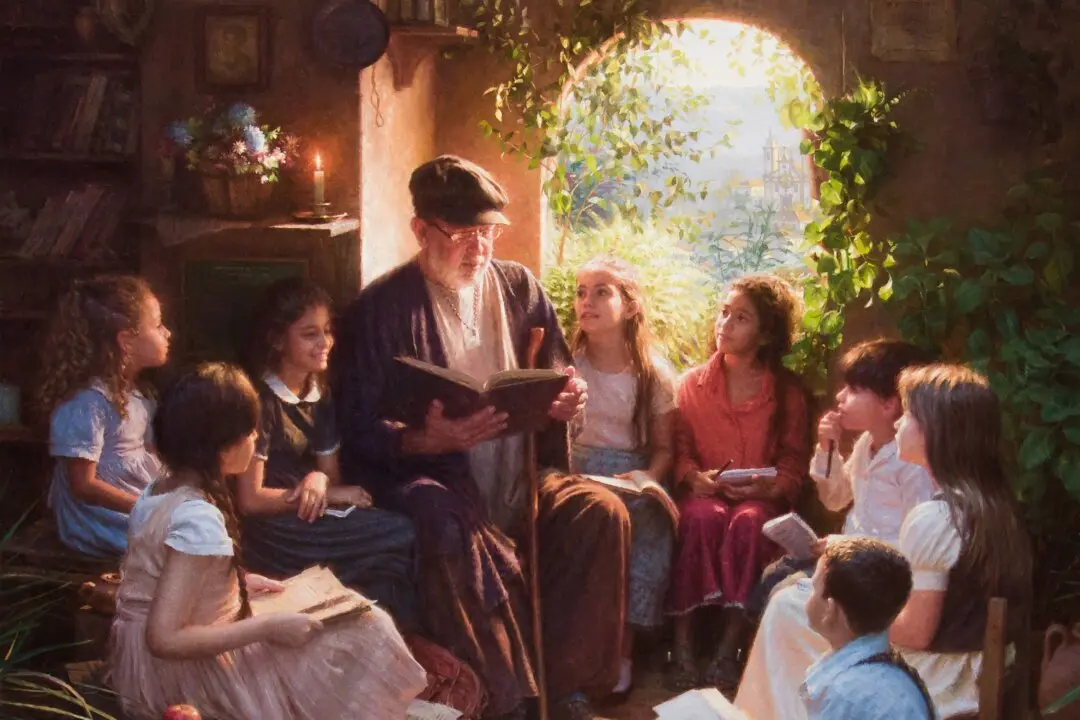For as far back as he can remember, Russian Alexander A. Grabovetskiy has found woodcarving fascinating. Around the age of 5, he marveled over the handmade wooden toys—carved bears and other small animals—in his local gift shop. He remembers asking himself, “How in the world is it possible to make them?”
Little did he realize then that woodcarving would become his world and that a simple woodcarving knife would become his savior in the Soviet Union and in the United States.






